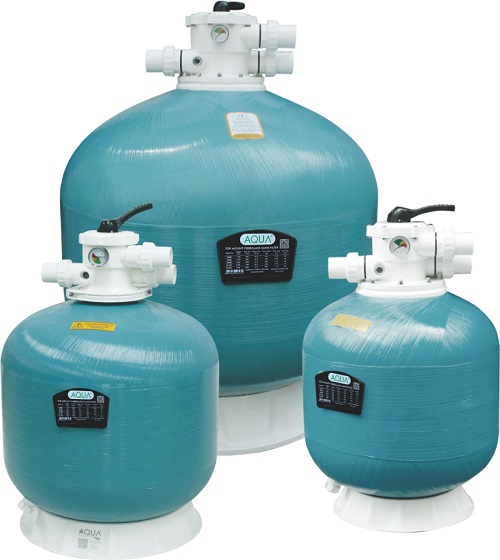Are you still worrying about swimming pool filtration, disinfection and other issues? Click for free consultation and answer your questions one-on-one.
In fact, customers have been asking how often the sand filter tank should be backwashed. The editor of AQUA has to patiently explain it every time. Because of this so-called backwash cycle, there is no set formula at all. Just like eating, you can eat as long as you are hungry. Moreover, the filter sand tank has a wide range of uses. Used in different industries, the amount of impurities and other factors are different, and the cycle of backwashing is also different. The following analyzes several factors that affect the backwash cycle:

2. The selection of sand tank is different. We can see that the filter sand tanks sold by AQUA all have a design flow parameter. But this parameter can only be regarded as a little reference meaning in the application. Because the flow rate of the sand filter tank will vary with factors such as the flow rate of the water pump, the thickness of the sand layer, the size of the sand material, and the filter area. In the case of the same suspended solids content and the same flow rate, theoretically speaking, the larger the sand tank, the larger the filtration area, and the smaller the resistance to the water flow. The higher the filtering accuracy. The cycle of backwash is also shorter.
3. The customer's subjective judgment is different. Because some customers have subjective differences in the judgment of the sewage after backwashing. Therefore, the backwash cycle is also different according to his judgment.
Solution: A cycle can be determined according to the turbidity of the previous backwash sewage and the reading of the pressure gauge. For example, during normal filtration, the count of the pressure gauge is 0.1MPa. When the reading of the pressure gauge reaches 0.2MPa, we backwash once and find that the discharged sewage is not so dirty. Then we understand that the next backwash time can be extended. Repeated several times, and each time we recorded this time interval. This will result in a suitable backwash cycle. In this way, a good balance can be achieved between not affecting sewage discharge and not having to pay more labor.
